There was a break in the rainy weather today here in the city— with a powder blue sky, a little late afternoon sun, and blustery conditions.
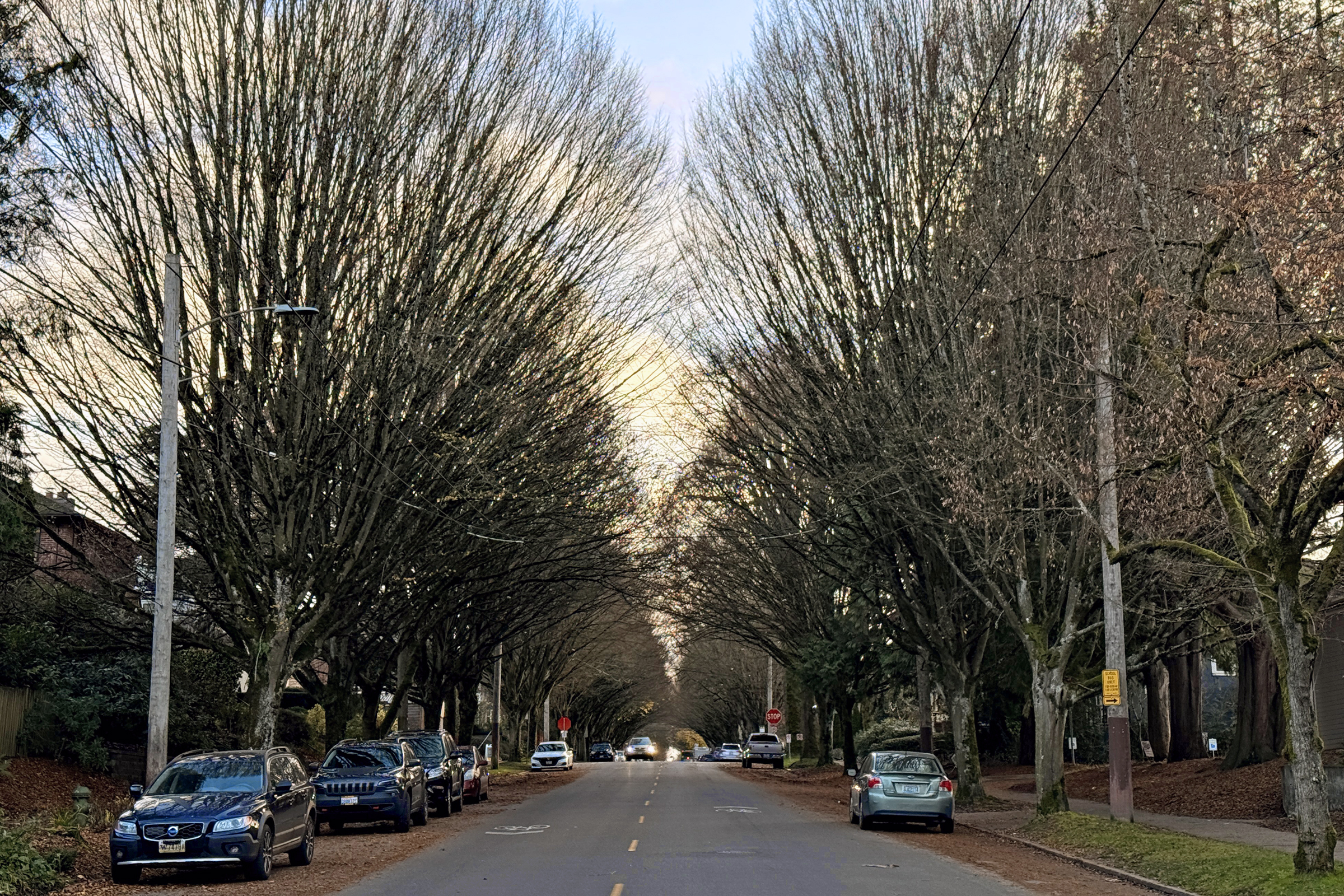
The leaves are all gone now, on the trees that line the street.
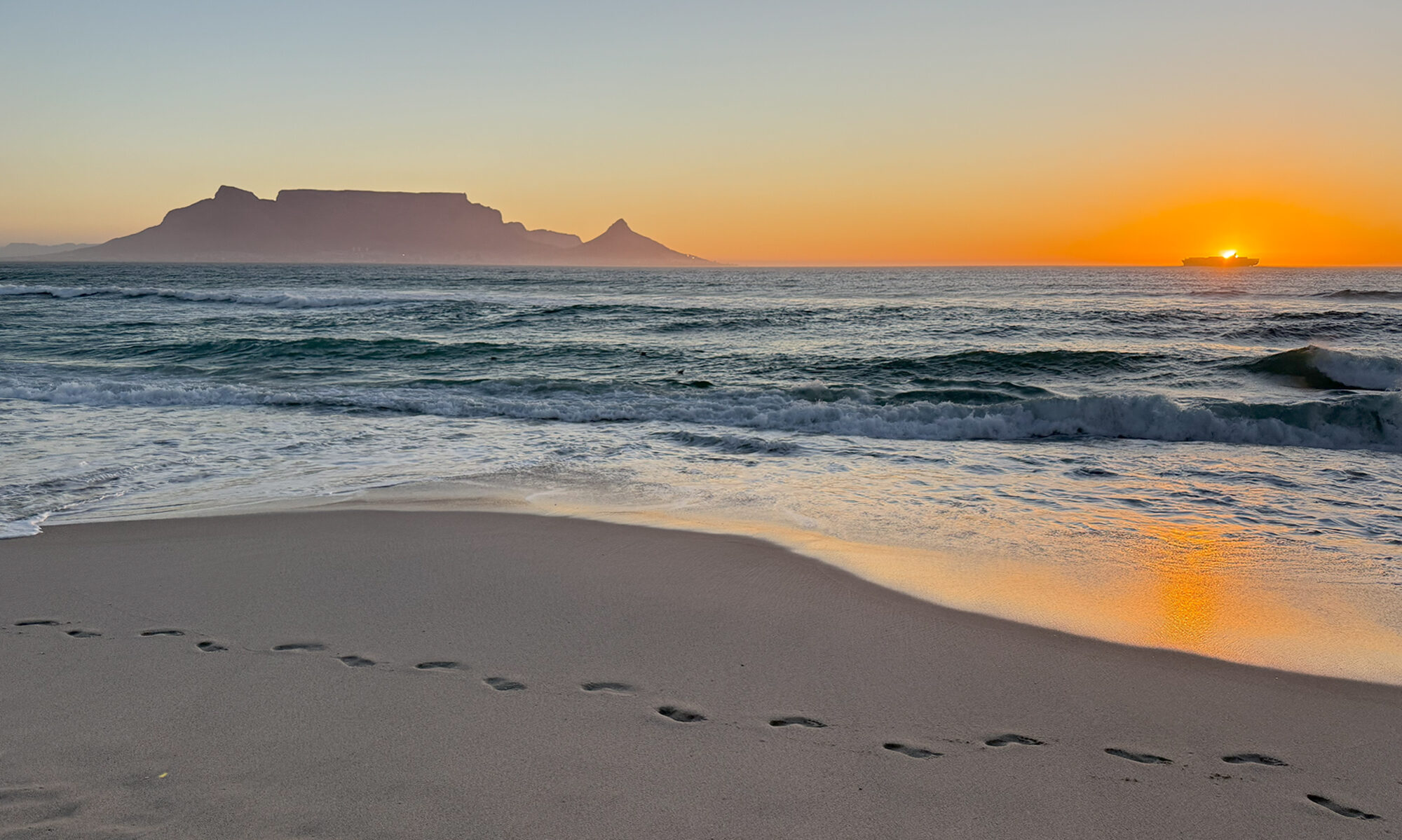
a weblog of whereabouts & interests, since 2010
There was a break in the rainy weather today here in the city— with a powder blue sky, a little late afternoon sun, and blustery conditions.

Tonight the last supermoon* of the year— and the third in a consecutive sequence— is out. (There will be a fourth supermoon in this same celestial series in January 2026).
We have cloud cover and lots of rain here in the city in Seattle tonight, so for now I can only look for pictures of the supermoon online.
*A supermoon is a full moon that occurs when the Moon is at or near its closest point to Earth in its elliptical orbit, a point called perigee. This proximity makes the Moon appear slightly brighter and larger than an average full moon, although the difference may be difficult to notice with the naked eye. The term can also technically apply to a new moon, but it is typically associated with the visible full moon.
[Google AI Overview]
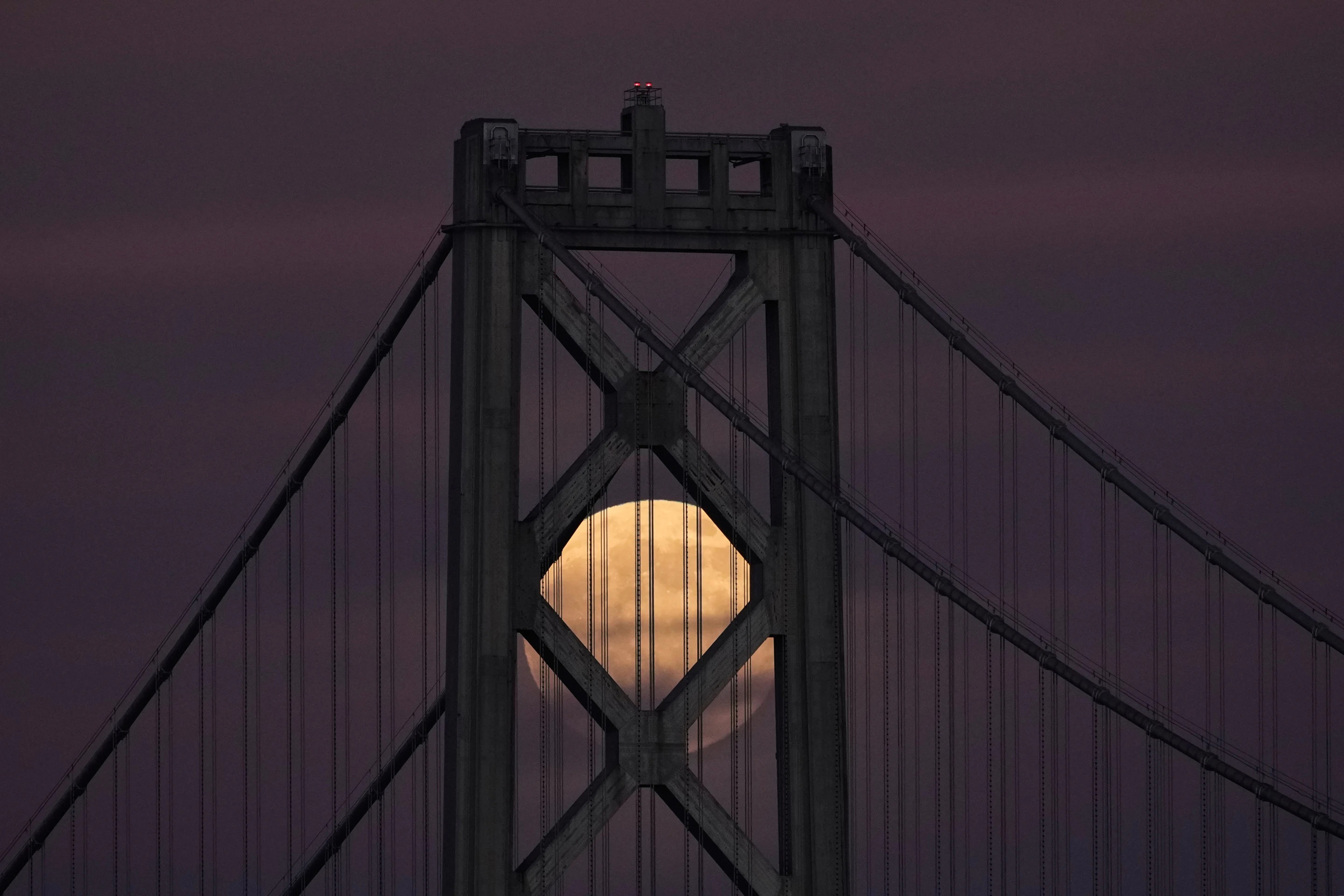
Here’s another postcard that the hopeless romantic (me) had bought on Ebay for a few dollars, and that landed in my mailbox.
(The seller is actually from Vancouver, Washington State).
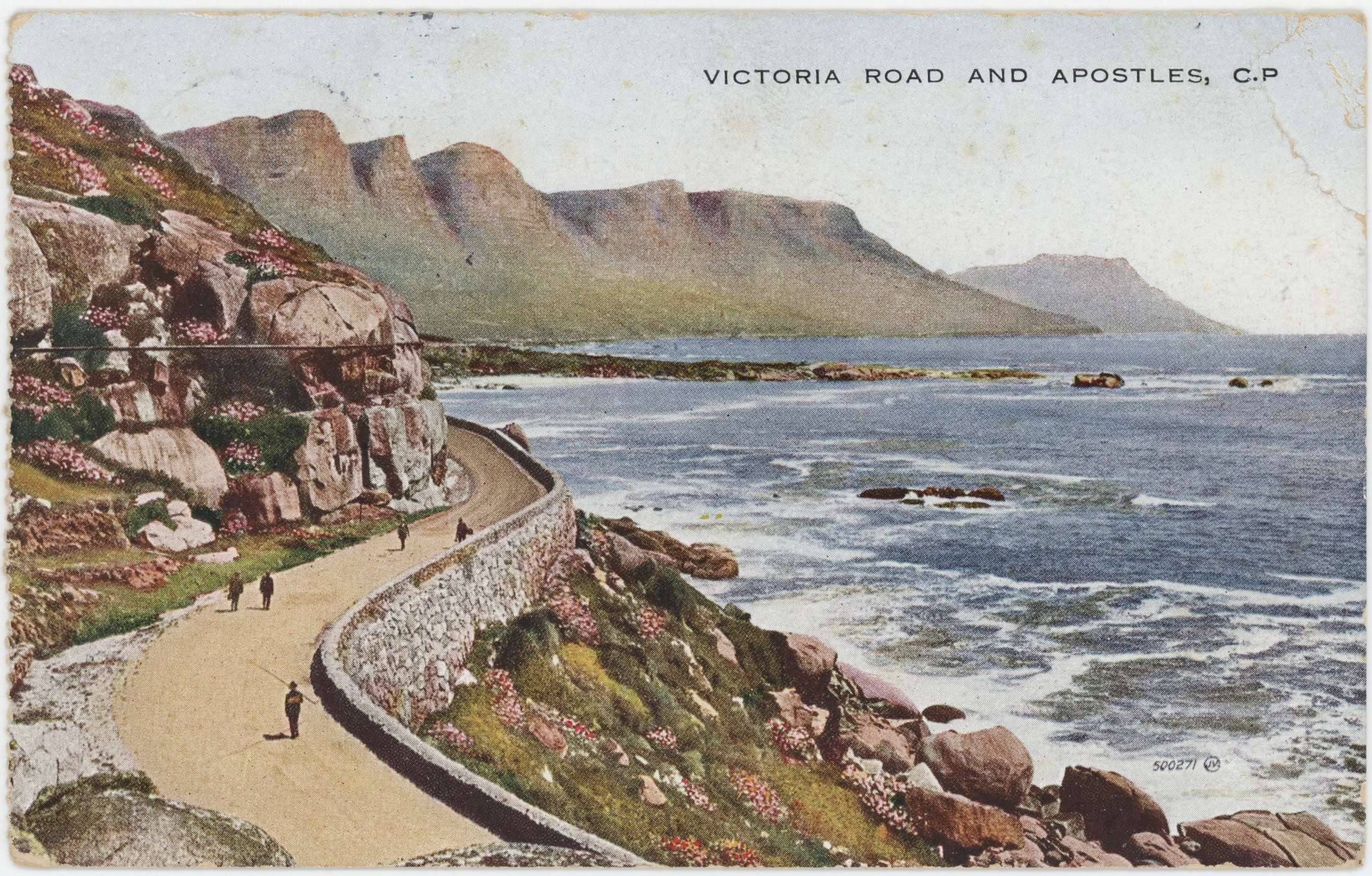
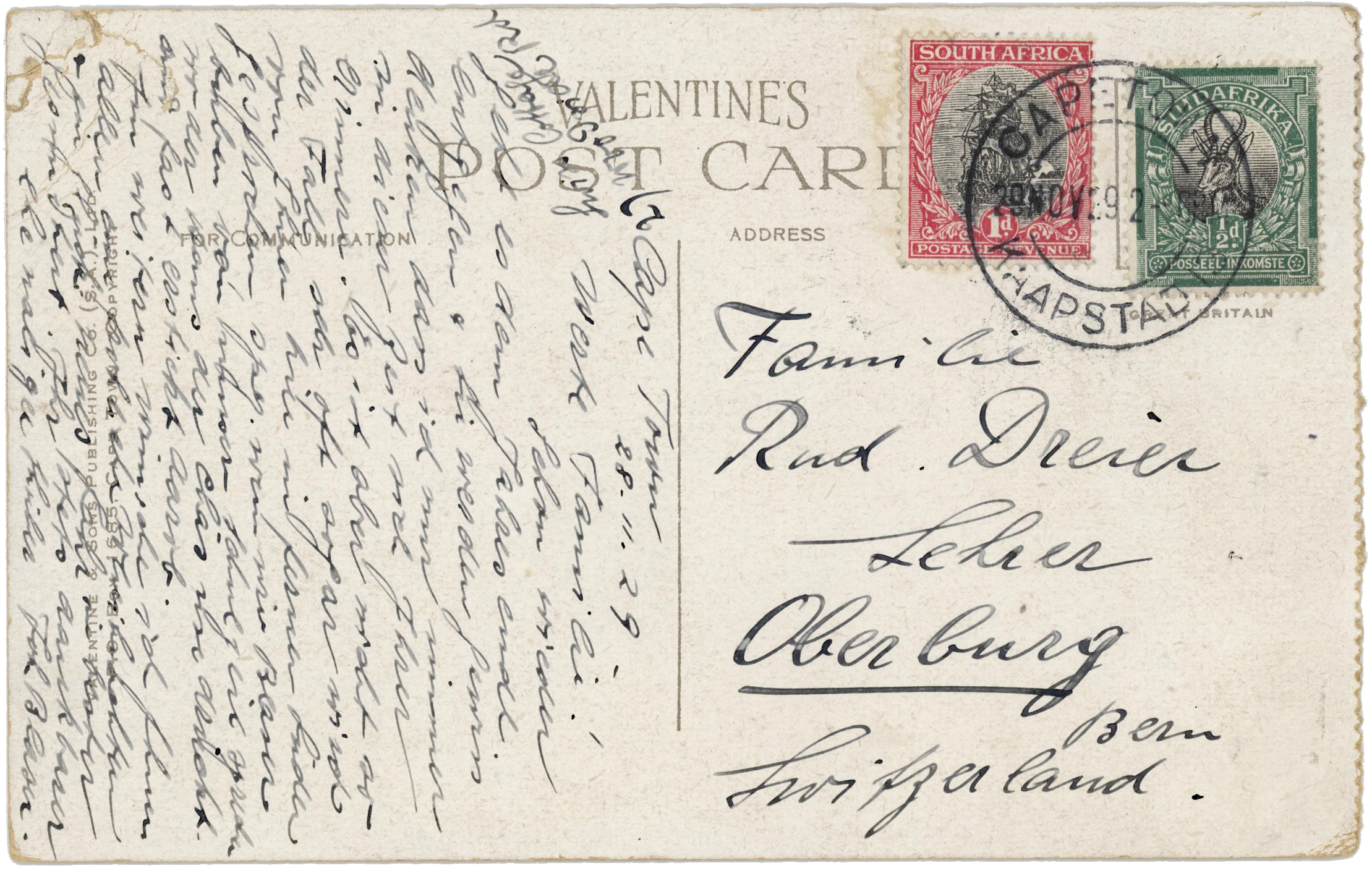
Here is a translation of the German:
Cape Town
November 28, 1929
Dear Family!
Very soon it will be the end of the year again.
Contrary to what you might think, I do not only ever remember you at this time of year. Very often, I find myself talking about you here in a faraway country, especially when we talk about our old school days.
Furthermore, I wish you all a Merry Christmas and a Happy New Year with only the best of health.
Your ever-grateful former student,
John Blaser.
I thought it too cold to go for a walk today—44°F (6°C)— then changed my mind at the last minute before dark.
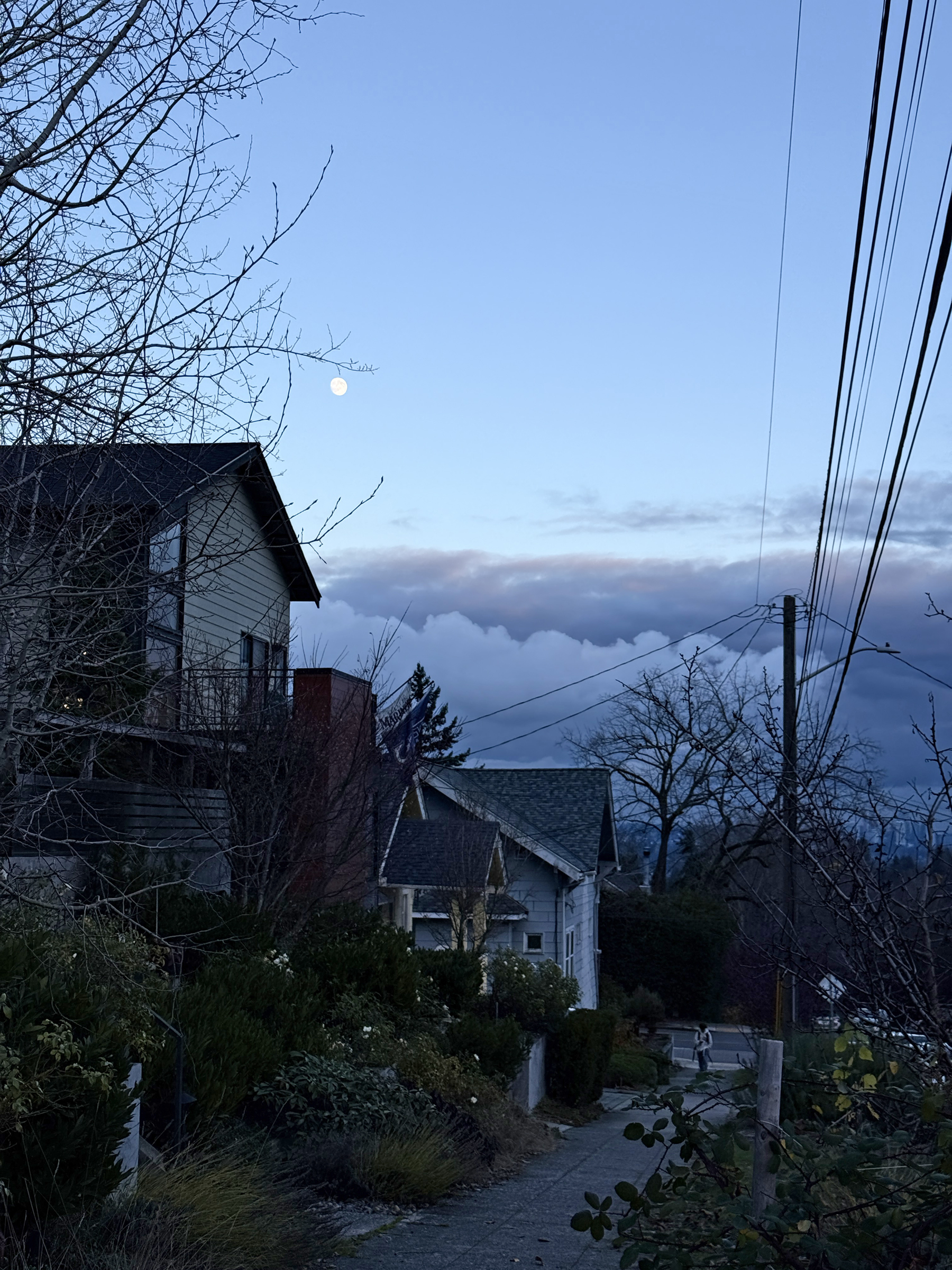

[P.S. Is that Scrooge McDuck? The character was created in 1947 for The Walt Disney Company by Carl Barks. Scrooge is an extremely rich duck who lives in the fictional city of Duckburg (which is also Donald Duck and Huey, Dewey, and Louie’s home city) in the fictional U.S. state of Calisota (a blend of California and Minnesota). – From WIkipedia]
More than 80 percent of Swiss voters rebuffed a referendum that would impose a 50 percent inheritance and gift tax on assets above 50 million Swiss francs, or about $62 million. The Young Socialists party that proposed the new law says the money would be used to fight climate change. Yet it was so resoundingly rejected that it may deter others on the continent from following suit.
Switzerland is a wealthy country, but most people do not have a fortune so large that would be directly affected by this referendum. Instead, the electorate made a rational decision to keep what helps make the country so wealthy: a stable and predictable business climate with relatively low taxes. The Swiss understood that taking that away would hurt even those without huge inheritances.
Switzerland has a wealth tax administered locally, but its rates are minuscule and apply to almost everyone. In 2023, the country’s tax-to-GDP ratio ranked 31st out of the 38 countries in the Organization for Economic Cooperation and Development. Even a sniff of a massive inheritance or wealth tax had the country’s richest residents looking for other options to take their capital, such as Dubai, Abu Dhabi and Singapore.
The top 10 percent of asset holders generate 86 percent of wealth tax revenue. The top 10 percent of salary earners contribute 53 percent of that revenue. Not all these people would leave, of course, but only a portion of them departing would devastate the country’s finances. This is why the federal government opposed the initiative.
An inheritance tax is also complicated and inefficient. How does one value exotic assets like fine art? And if someone privately owns a large company, succession planning becomes a nightmare when the government is taking a share of the firm upon death. Some taxation is necessary, but levies on property and other forms of consumption are far fairer. Taxing work is not ideal, but an income tax is easier for a government to maintain than claiming unrealized gains that are part of someone’s estate.
America’s federal inheritance tax kicks in this year at $13.99 million for individuals, and some states add a levy on top of that. This will increase to $15 million in 2026 under the One Big Beautiful Bill Act and will be adjusted annually for inflation starting in 2027. Something all 2028 presidential candidates, Democratic and Republican, should be willing to answer: Do they think this tax should go up, down or stay the same? Do they, like the Swiss, want to prioritize healthy public finances, or do they want to make a political point of taxing the ultra-rich? It will be a telling indicator of which direction both parties are headed.
I took the No 10 bus to Westlake Center at sunset to check out the Christmas tree and its lights. (Pike Place Market is just a few blocks away).
There were not a lot of people around, probably because it was chilly (43°F/ 6°C). A few Seahawks fans were back from Lumen Field, where the Hawks took out the Minnesota Vikings 26-0 tonight.
The sun wasn’t out today, and it was a cold fall day here in the city.
The low this morning was 38°F (3°C) and the high 52°F (11 °C).
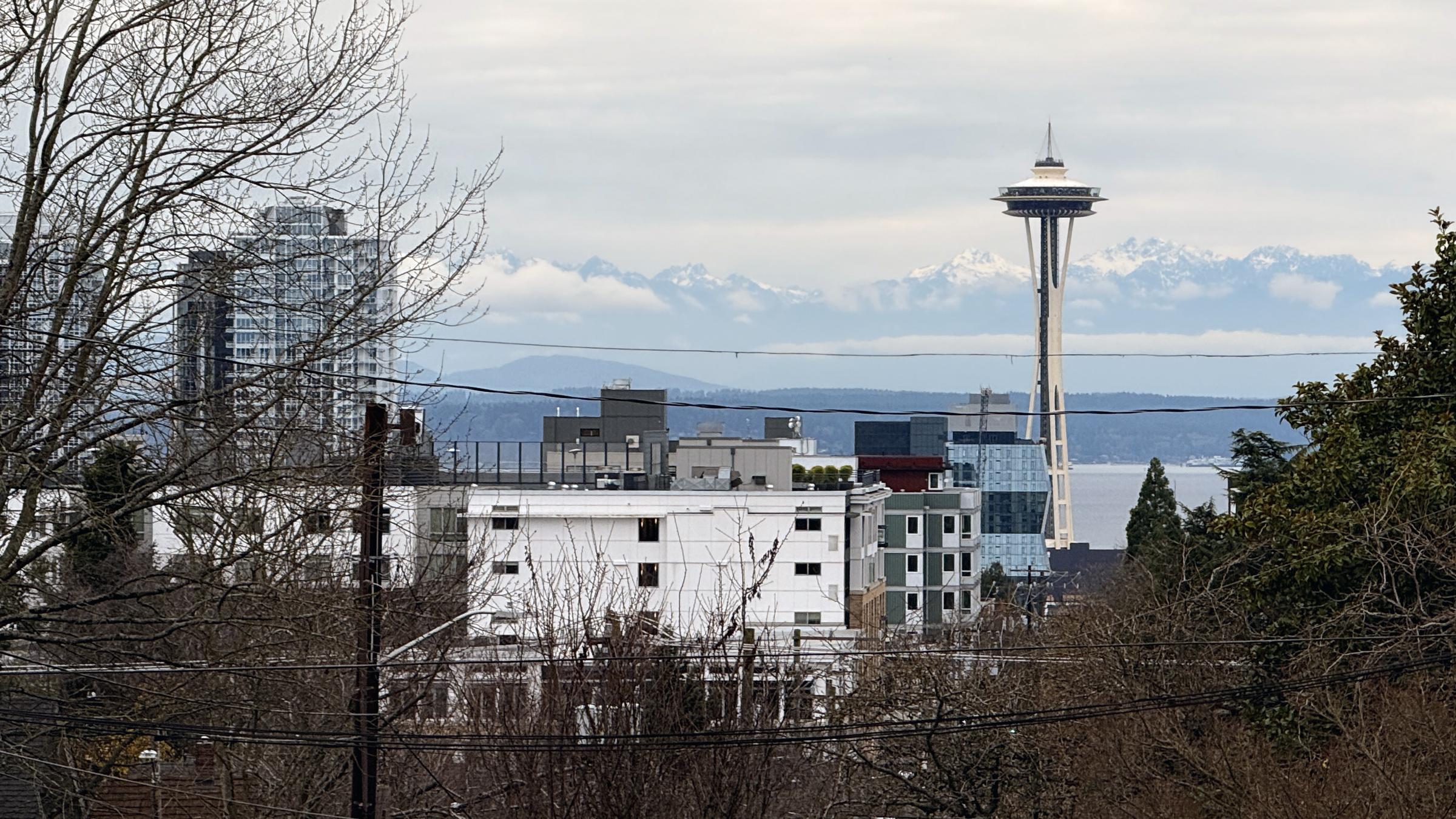
Happy Black Friday.
The stock markets in the USA were open for a short session today.
The mailman delivered a large set of stock transfer tax stamps that I had bought from a seller in Luxembourg.
I stumbled upon the stamps on Ebay and could not resist.
Below is a sample. I will post more of them when I have sorted and arranged them on pages.
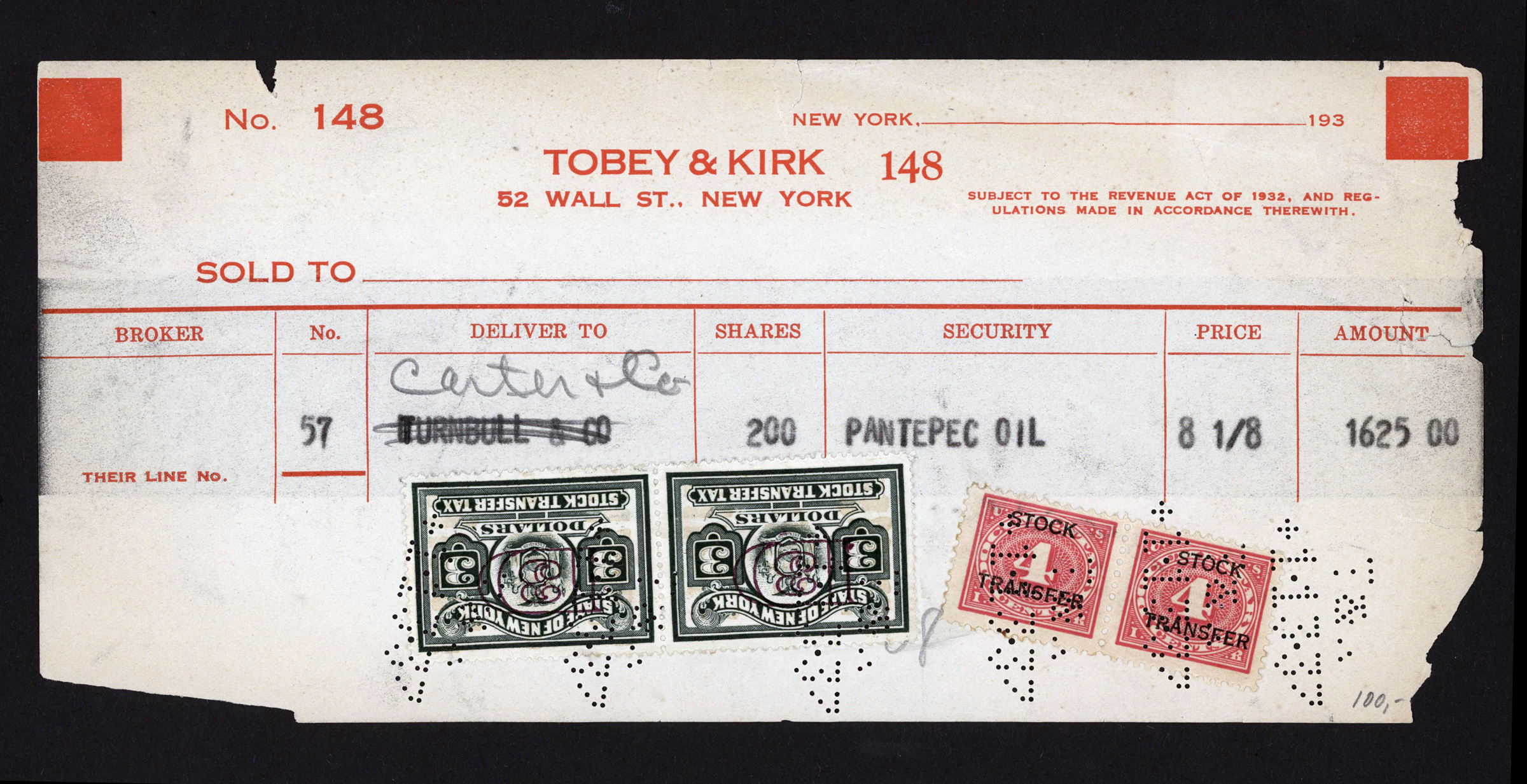
It was time to go home today, and I took a flight on Alaska Airlines from Palm Springs airport to Seattle.
Pictures:
The (somewhat unusual) courtyard inside the secure area at Palm Springs airport;
Allegiant Air getting ready to fly out to Bellingham airport in Washington State;
Stepping on board my own flight— a Boeing 737-900 (twin-jet) from Alaska Airlines;
The Flighty app replaced the airplane with a flying turkey— a nod to Thanksgiving, of course;
Arrived at Seattle, got my checked bag, walked the half-mile to the light rail station, and here comes the train (look for the Mountain that is out, through one of the glass panes);
Utility poles and power cables on the way;
Views of the stations called SODO, Pioneer Square, Symphony and Westlake.
I took the scenic route from Solana Beach to Palm Springs today, driving across the Santa Rosa and San Jacinto mountains.
The first few pictures are from a turnout point a few miles after Ribbonwood (elevation 4,397′) on Highway 74.
The last ones were taken from the Coachella Valley Vista Point on Highway 74, with Palm Desert visible down below in the valley.
Three of us had a lovely lunch at Mister A’s restaurant in downtown San Diego. The restaurant is on the 12th floor of the Manchester Financial Building and offers great views of downtown, the Coronado Bridge and even the runways at San Diego International airport.
After lunch* we made our way down 5th Avenue to Jacobs Music Center to attend a live performance by the San Diego Symphony of the music that was composed for the animated movie Flow (released 2024).
*Mine was a king salmon ‘Wellington’ (shown below).
It was raining this morning, and we drove out to see the supercars and other classic cars that are parked in downtown Rancho Santa Fe on Paseo Delicias and Avenida de Acacias.
They are there every Saturday morning for the Rancho Santa Fe Cars and Coffee event, which runs from 8:00 AM to 11:00 AM.
The green Aston Martin Vantage (MSRP: $245,750) is my favorite, even though I am 99.999% sure will never own one.
Happy Friday.
I took a flight out to San Diego this morning to visit my brother and his family, and to catch some California sun.
Top to bottom:
A gorgeous sunrise in Seattle;
Alaska Airlines Boeing 737 MAX 9 with orca livery at Seattle-Tacoma airport;
Screenshot from my Flighty app warning that we will have an on-time departure (pushback from the gate), but that there will be an 18 min delay in taking off (which was exactly what happened, but we still arrived 10 mins early);
Beautiful gel photos of saguaros in the arrival concourse in San Diego airport (I forgot to take note of name of the photographer);
The Spirit of St Louis airplane is still in the baggage claim hall in San Diego airport’s Terminal 2.
Well he was Thailand based
She was an Air Force wife
He used to fly weekends
It was the easy life
But then it turned around
And he began to change
She didn’t wonder then
She didn’t think it strange
But then he got a call
He had to leave that night
He couldn’t say too much
But it would be alright
He didn’t need to pack
They’d meet the next night
He had a job to do
Flying to Cambodia
– Lyrics from the single ‘Cambodia’ by British singer Kim Wilde, released Nov. 2, 1981
The song “Cambodia” by Kim Wilde is about a woman whose pilot husband is sent on a mission to Cambodia and never returns, leaving her in a state of longing and unanswered questions. Written by her father, Marty Wilde, and her brother, Ricky Wilde, the song is a tragic love story about loss, separation, and the enduring pain of waiting for someone who is gone. The lyrics depict the woman’s emotional journey from hope to the realization that her partner is never coming back. [Google AI Overview]
Cambodia is on the itinerary for my upcoming Princess cruise out of Singapore.
We will stop at the port by the city of Sihanoukville for only one night and one day, though.
I signed up for the excursion to Ream National Park with its mangrove forests, wildlife and pure stretches of white beach.
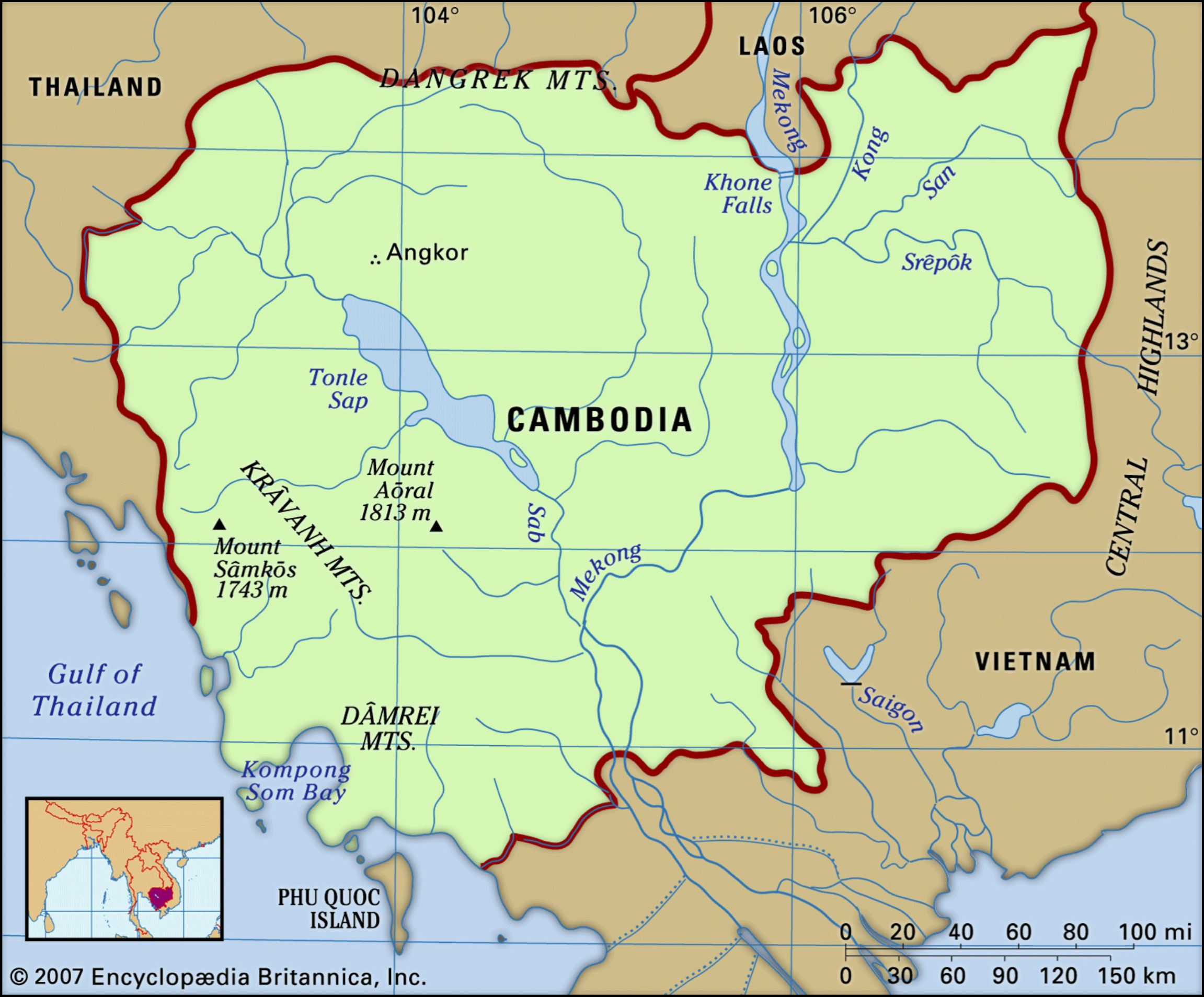
C A M B O D I A
Capital: Phnom Penh
Currency: Cambodian riel
Official language: Khmer
Population: 17.6 million
Government: Unitary state, Parliamentary system, Constitutional monarchy, One-party state, Elective monarchy
King: Norodom Sihamoni
Cambodia—officially the Kingdom of Cambodia— is somewhat larger than the U.S. state of Missouri. It is bordered to the west and northwest by Thailand, to the northeast by Laos, to the east and southeast by Vietnam, and to the southwest by the Gulf of Thailand. The Khmer language is one of the major tongues of the Mon-Khmer subfamily of the Austroasiatic language family and is spoken by nearly all people in Cambodia, including the Cham-Malay.
The people of Cambodia suffered under the Khmer Rouge, the radical communist movement that ruled Cambodia from 1975 to 1979 after winning power through a guerrilla war. The Khmer Rouge government under Pol Pot was responsible for the Cambodian genocide (1976-78), during which up to three million people were murdered.
Tourist-wise (‘Quick Facts’ from Google Maps):
Cambodia has a landscape that spans low-lying plains, the Mekong Delta, mountains and Gulf of Thailand coastline. Phnom Penh, its capital, is home to the art deco Central Market, glittering Royal Palace and the National Museum’s historical and archaeological exhibits. In the country’s northwest are the ruins of Angkor Wat, a massive stone temple complex built during the Khmer Empire.